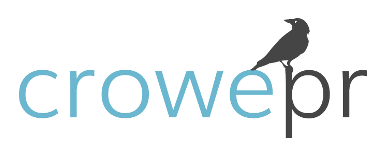Organic vs. Paid Social Media Strategy: Which is Right for Your Brand?
Author: Suzanna Tran
Deciding between running an organic or paid social media campaign? We can help! First, it’s essential to understand the key differences between the two. Organic social media leverages unpaid marketing content and is aimed at increasing brand awareness. This can include photo posts, Instagram Stories, Threads and more. On the other hand, paid social media uses paid advertising dollars to effectively target specific audiences for increased brand exposure, website traffic or sales.
To determine the most effective social media campaign type for your brand, it’s important to nail down your specific budget and goals. Then, you’ll need to weigh the benefits and drawbacks of both organic and paid strategies or consider integrating a mix of both into your campaign.
Organic Social Media
Incorporating organic social media tactics into a marketing strategy can be useful for building authentic audience engagement and growth. Organic social media content that regularly listens and responds to audience sentiment, interests and trends often attracts the attention of target audiences for the long-term. That said, cultivating an audience organically is not going to happen overnight – it comes with time and consistency.
Additionally, creating content without the boosts of paid social media spend can often help foster a more trusting relationship with the public. Lastly, an organic social media strategy is typically more cost-effective, since it doesn’t require the additional expense of ad dollars. For this reason, organic social media may be the right fit for brands just starting out or with limited marketing budgets.
Paid Social Media
Paid social media strategies can help ensure brands remain at the forefront of their followers’ minds and even spur specific audience actions. For example, a paid brand awareness campaign can guarantee branded messaging will be seen by followers and a conversion campaign can focus on driving website visits or purchases.
Further, paid social media provides brands with better targeting capabilities, with the option to set parameters to reach specific audiences such as previous customers or people within a specific demographic. Finally, paid content allows brands to easily track KPIs and measure performance metrics.
Which One? Both?
Brands can strategically blend organic and paid media strategies for a dual advantage. By starting with an organic content campaign and analyzing its performance, you can identify engaging content and use it as a foundation for a successful paid strategy.
When choosing between an organic and paid social media approach, budget allocation is the most important factor to consider. After aligning on this, assess your top needs and goals to determine the right path.
Remember, leverage organic content for cost-effective brand awareness and use paid content for audience targeting and driving a desired action.

